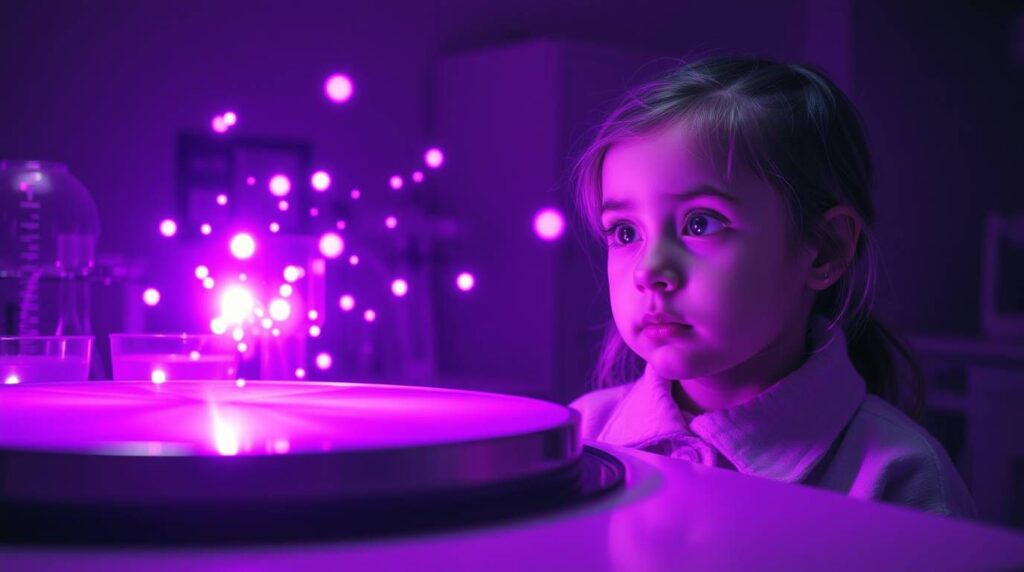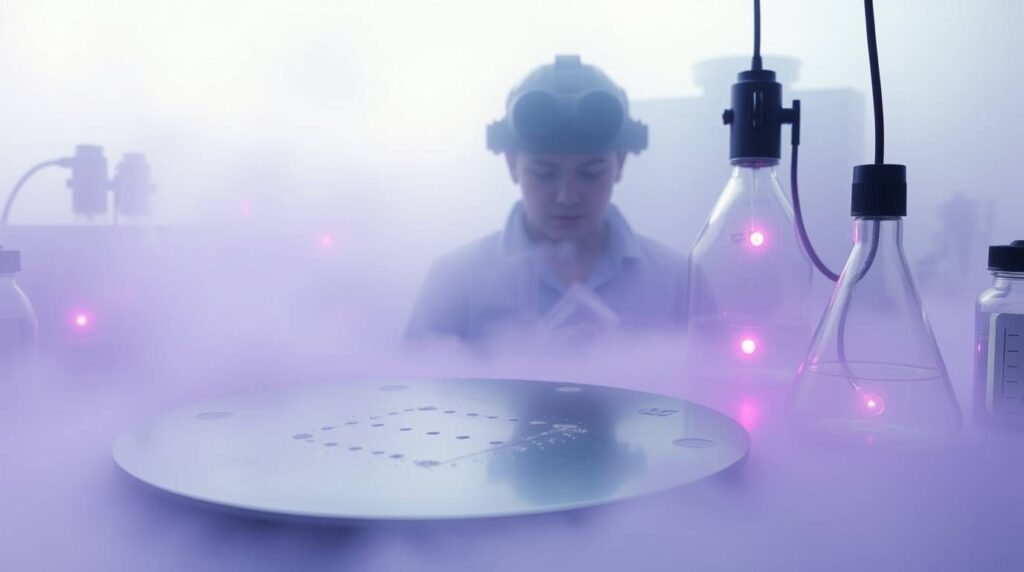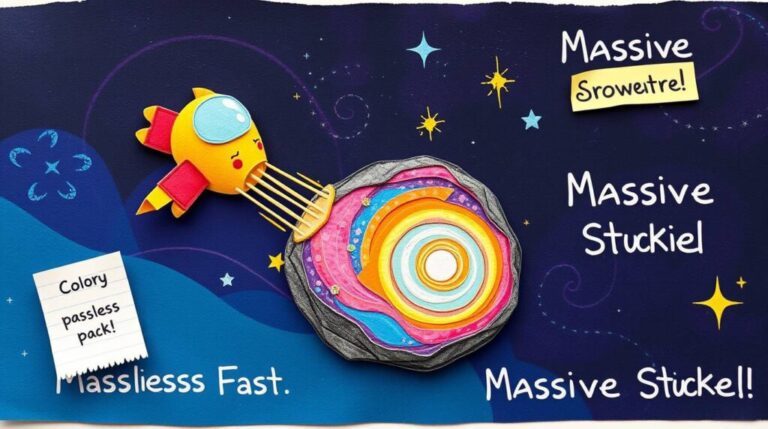What Is the Photoelectric Effect 2025
What Is the Photoelectric Effect 2025
Light Isn’t Just Light — It Can Knock Electrons Out Cold
Okay, let’s not pretend the name doesn’t sound like a sci-fi gadget from a Marvel movie: “The Photoelectric Effect.” But behind the flashy title is something that flipped physics on its head — and gave us the first real glimpse that light isn’t just a wave… it’s got a particle side too.
This wasn’t some minor update. It cracked open the door to quantum mechanics — the weirdest corner of science. The kind where particles can teleport, be in two places at once, and light acts like it’s having an identity crisis.
And it all started with a question that was so simple, it almost felt silly:
What happens when you shine light on a metal?
Let’s break it down.
The Classic Setup: Light + Metal = Something Wild
Imagine you have a metal plate — let’s say it’s clean, shiny, minding its own business. Now shine some ultraviolet light on it. What happens?
Not much at first glance.
But look closer, and you’ll see electrons — tiny, invisible little guys — flying off the surface of the metal. Light hits it, and BOOM: electrons pop out.
That’s the photoelectric effect. Light literally knocking electrons loose from atoms.
Now, scientists in the 1800s thought: “Okay, light is a wave, like water. So if we shine a bright enough beam, eventually it should knock the electrons out.”
But no. That’s not what happened.
Even the brightest light couldn’t do anything… unless it was the right kind of light — high enough frequency (think ultraviolet, not red). And the electrons didn’t trickle out slowly — they came out fast, instantly, with no delay.
So what the heck?




Enter Einstein, Destroyer of Classical Physics
In 1905, Albert Einstein said something that blew the roof off physics:
“What if light comes in tiny energy packets? Not waves… but particles?”
He called them quanta (plural of quantum), and later we called them photons.
Einstein said, if a photon has enough energy — it can knock out an electron, like a cosmic game of pool. But if the photon doesn’t have enough energy (meaning low frequency), it doesn’t matter how many you fire — the electrons won’t budge.
That explanation worked perfectly. And with that, the photoelectric effect became the smoking gun that light had a dual personality: sometimes a wave, sometimes a particle.
This idea was so groundbreaking, it won Einstein the Nobel Prize. Not for relativity. For this.
Let that sink in.
Why It Still Blows Minds in 2025
We take so much for granted today. Solar panels on rooftops. Sensors in cameras. Night vision goggles. All powered by principles built on the photoelectric effect.
But at its heart, this isn’t just about light and electrons. It’s about the fact that the universe plays by rules that are anything but intuitive. The moment we thought we had it all figured out — the photoelectric effect said, “Nice try. Try again.”
That’s what makes it so beautiful. It’s one of those rare things in science that forces you to sit down, shut up, and admit: “I really don’t know what’s going on here.”
And yet… that’s exactly where discovery starts.
Easy Explanation Time (Aka: The Funny Breakdown)
Alright, let’s get silly and relatable for a sec:
- Imagine your phone is locked and only opens with a specific knock.
- You try tapping it with your finger, yelling at it, shaking it — nothing.
- Then you realize: it only unlocks when you hit it with a spoon. Not just any spoon — a titanium spoon, swung at just the right speed.
That’s kind of like the photoelectric effect. The metal doesn’t care how much light you throw at it — it only reacts to the right “kind” of light.
High-frequency light = titanium spoon.
Low-frequency light = floppy noodle.
Even if you throw 10,000 noodles, nothing’s happening. But one clean titanium spoon? Door opens.
Quantum physics in action.
Why You Should Care (Even If You’re Not a Science Person)
This little effect changed how we see light, energy, and matter itself. It paved the way for:
- Quantum computing
- Modern electronics
- Solar technology
- Lasers and fiber optics
But beyond the tech — it reminds us that even the smallest things in life (like a single photon) can make massive impact… if they’re in the right place, with the right energy.
There’s something poetic about that.
External Resource:
Want to dive deeper into the science?
Check the Wikipedia page:
Photoelectric Effect
https://en.wikipedia.org/wiki/Photoelectric_effect
Related Articles from EdgyThoughts.com:
Why Is Quantum Tunneling So Hard to Visualize 2025
https://edgythoughts.com/why-is-quantum-tunneling-so-hard-to-visualize-2025
Why Is Zero So Powerful in Math 2025
https://edgythoughts.com/why-is-zero-so-powerful-in-math-2025
Should Schools Teach Modern Home Economics Today?
https://edgythoughts.com/should-schools-teach-modern-home-economics-today/
Why Is the Hardy-Weinberg Principle Important in Biology 2025
https://edgythoughts.com/why-is-the-hardy-weinberg-principle-important-in-biology-2025/





